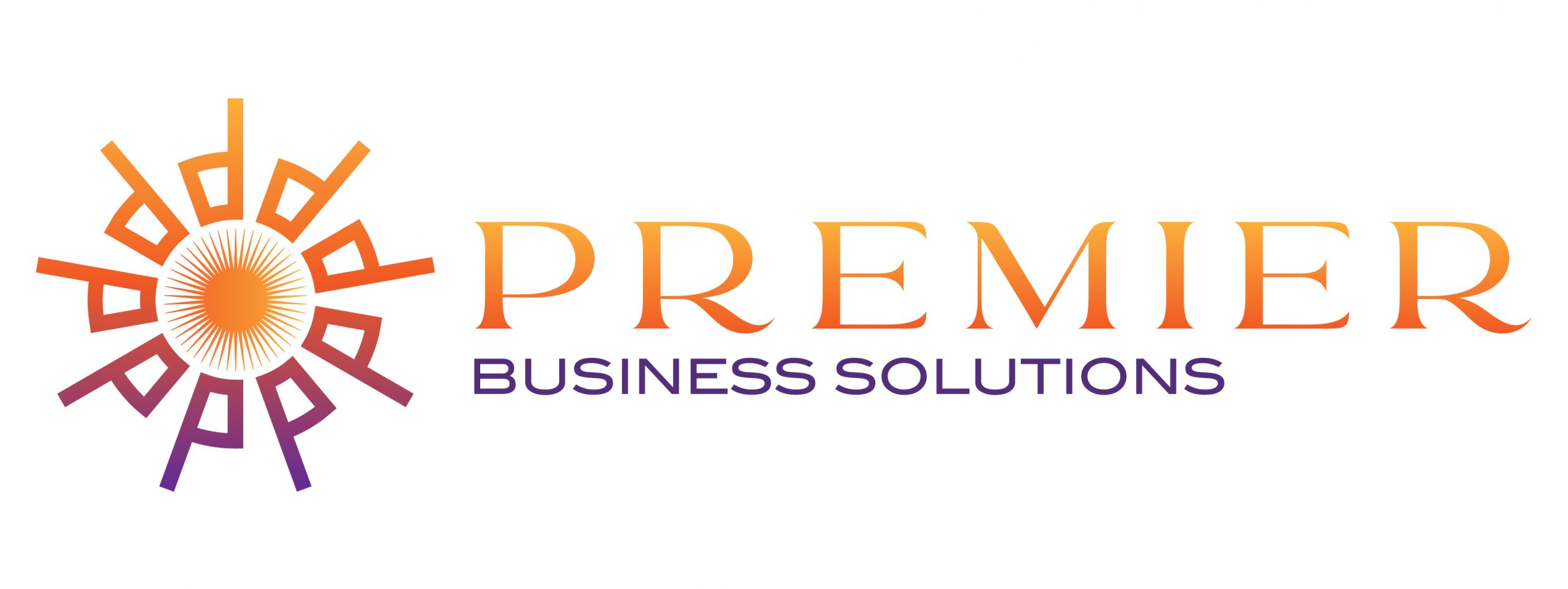Maximizing Tax Benefits: A Guide to Safe-Harbor Expensing
Two tax term that hold significant value are ‘safe harbor.’
Moreover, five more tax terms that bring great benefits are ‘tax-advantaged expensing without recapture.’
To establish and safeguard your safe-harbor expensing, you, your corporation, or your partnership must formally elect, on your tax return, to utilize the de minimis safe harbor for assets valued at $2,500 or less (or $5,000 with applicable financial statements, as explained later).
This advantageous safe-harbor election removes the hassles associated with:
- Keeping track of those small-value assets.
- Including them in your tax returns and financial records for depreciation or Section 179 expensing.
- The need to remove them from your records when they are no longer part of your business.
The term ‘safe harbor’ signifies that the IRS will approve your expensing of the qualified assets as long as you adhere to the safe-harbor rules.
For asset purchases that do not qualify for safe-harbor expensing, there is no issue: Section 179 expensing and Section 168(k) bonus depreciation are both available options.”
Overview
You aim to have your safe-harbor expensing ready for implementation by January 1, 2024, which is why you’re reading this article in September 2023. We’re providing this information well in advance to ensure you have ample time to establish your safe harbor for the upcoming year.
If you’ve utilized safe-harbor expensing in previous years, you should find your prior-year safe-harbor election on those respective tax returns.
If you’re a small business that has chosen the $2,500 limit for safe-harbor expensing, let’s consider a scenario where you purchase two desks, each costing $2,100. The invoice indicates a quantity of two, a total cost of $4,200, along with a sales tax of $378 and a $200 delivery and setup fee, bringing the total to $4,778.
Before adopting the safe harbor option, you would typically have treated each desk as a capital expense, totaling $2,389 ($4,778 ÷ 2). Subsequently, you would have either utilized Section 179 expensing or depreciation for both desks. Additionally, you would have maintained the desks on your depreciation schedule until they were eventually disposed of.
However, with the safe harbor provision, you can expense the desks as office supplies. This eliminates the necessity to include the desks in your accounting books, simplifying your financial record-keeping process.
Safe Harbor
When put into practice, involves the following:
- It requires you to immediately deduct as business expenses any assets that fall below a specific dollar amount that you can choose (within certain limits).
- It provides you with a formal agreement from the IRS, in advance, stating that they will not challenge your decision to expense these assets during an audit.
The de minimis safe harbor consists of two options, and which one applies to you depends on whether you have what’s called an “applicable financial statement” (AFS) for your business. If your financial statements have been subject to a certified public accountant (CPA) audit or a similar process, then you have an applicable financial statement.
The key difference between having an AFS and not having one is as follows:
- If you have an AFS, you can opt for tax-deductible expensing of up to $5,000 per invoice or item.
- If you don’t have an AFS, you can choose to tax-deduct expenses of up to $2,500 per invoice or item.
Creating the Safe Harbor
- Have and Stick to an Expense Policy
- Put Expense Policy In Writing
- Save Your Invoices
- Make the Election on Your Tax Returns

